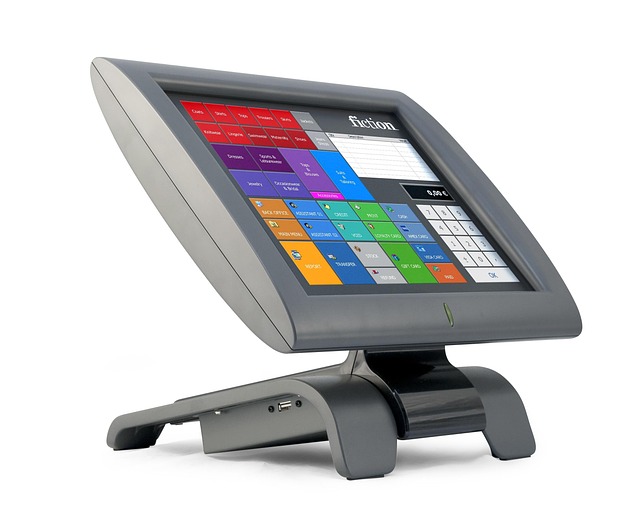Diving into the World of Simulation Systems: Enhancing Interactive Experiences
In today’s fast-paced digital age, the demand for richer, more immersive interactive experiences continues to soar. Whether you’re exploring a virtual training module, engaging in a cutting-edge gaming environment, or participating in a realistic educational simulation, simulation systems are at the core of these dynamic interactions. They offer a gateway that bridges the gap between reality and virtual possibilities, making experiences not only engaging but also deeply impactful.
Imagine stepping into a flight simulator, where every twist and turn of the controls responds just as it would in a real cockpit. You feel the tension, the thrill, and the stakes, all within a perfectly crafted digital environment. This is the magic of simulation systems—an interactive dance between technology and human perception that amplifies learning and entertainment alike.
What makes simulation systems so intriguing is their remarkable ability to mimic real-world scenarios with precision. This fidelity allows users to experiment, make decisions, and witness outcomes without real-world risks. Such systems empower users to develop skills and confidence in a safe yet highly interactive setting. From medical simulations where doctors practice delicate surgeries, to architectural walkthroughs that let designers explore spaces before a single brick is laid, the applications are endless and profoundly transformative.
Moreover, simulation systems are continually evolving, fueled by advances in artificial intelligence, augmented reality, and sensory feedback technology. These innovations deepen the immersion, making interactions feel more intuitive and natural, while also opening new horizons in how we connect with information and environments. As a result, users aren’t just passive observers—they become active participants, shaping their experiences and learning through doing.
In the realm of interaction, simulation systems stand as a powerful catalyst. They don’t just convey information; they invite exploration, provoke curiosity, and foster a sense of presence that captivates the senses. Whether you’re a developer crafting these environments, a learner eager to dive in, or simply a curious onlooker, the world of simulation systems offers an exciting landscape where technology and human experience converge in truly remarkable ways.



